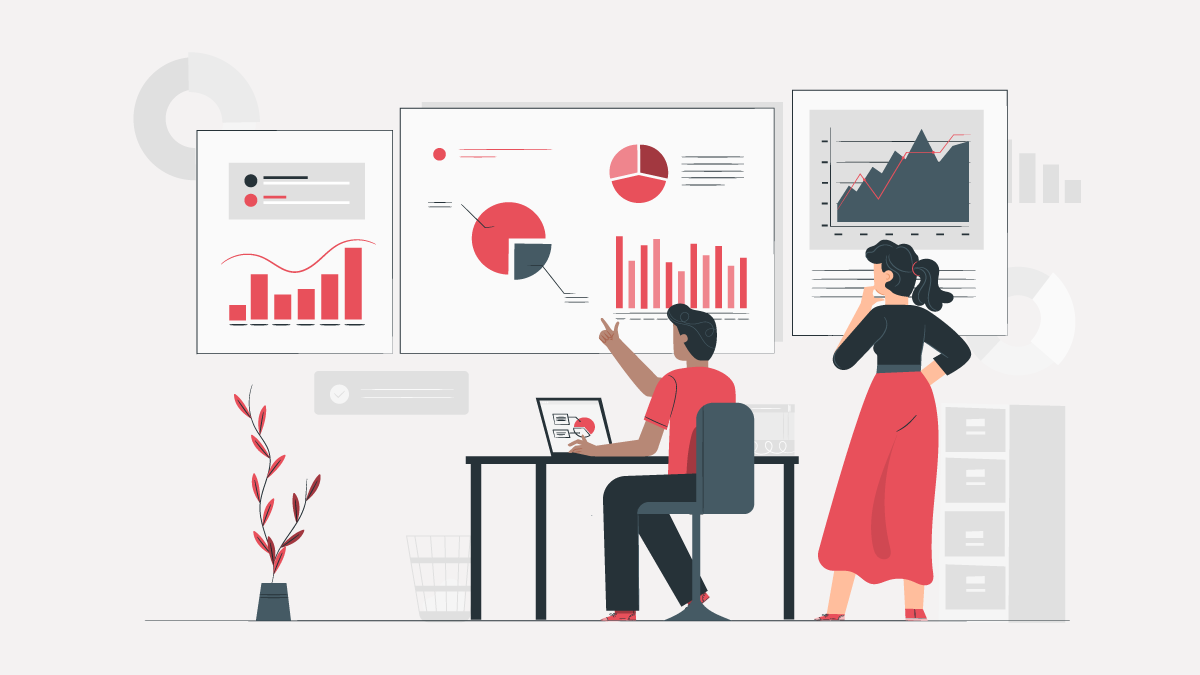
Over the last few years, a fundamental change has taken place in the data analysis sector. With the advent of search engines like Google, came a lot of resources but, with it also came the need to keep up with loads of information present. We have to be up-to-date with our jobs, social lives, and current events. Plus almost everything has been shifted to digital because of the ongoing pandemic. So, it has become increasingly important to get help while dealing with the truckload of information we need to work with, and automatic summarization is the solution. Al-driven summarization has taken the business world by storm. There are numerous fields where Automatic summarization can be applied to make the work more efficient. But first, let’s talk about what automatic summarization is, and how it works.
The Basics
Automatic summarization may follow either of the two main approaches it is based on, which are.
- Extractive summarization: Involves the selection of the most relevant sentences in a text, and the arrangement of said sentences in a concise manner.
- Abstractive summarization: Gives a paraphrased version of important sentences in a text sequence.
The main difference between the two approaches is the originality of a text. Both of them are used for different purposes. There are two types of document summarization that are utilized:
- Single-document summarization is used for single documents, which could include a webpage, a pdf file, a financial report or email, etc.
- Multi-document summarization is used to summarize multiple documents in one go, usually preferred for summarizing and finding information in a large database or search engine.
Uses of AMDTS in Businesses
Abstractive summarization is much more superior to its counterpart, because of its ability to summarize and paraphrase information. This would not only reduce tons of work but also help generate relevant information. An abstractive multi-document text summarization (AMDTS) system would be highly helpful to level data from large databases. Plus, the system would compile all the relevant data required. Here are some ways you can use an AMDTS system to help your business.
1. SEO
When you’re writing a blog or review about your product or business, it is important that you have an idea of what your competitors’ content is like. However, going through the process of checking out eerie competitor’s website content can take a long time. You might even miss some stuff, after all, you’re human. This is when the AMDTS system comes into the picture. The Al-driven summarization system will make sure that all of your competitors’ content is summarized so that you don’t have to go through the long process yourself. You can then easily skim through the important points and understand the mutual theme presented.
2. Document workflow
Businesses have a constant production of internal information, which is stored in large databases. It could include company records, important documentation, employee information, and much more. The data stored in company databases is usually unstructured. An abstractive multi-document text summarization system would help ensure that you can get access to relevant information instantly. You won’t have to search hours for a piece of information you need again.
3. Finance research analysis
If you’re a financial analyst, you probably spend hours trying to get all financial research into your brain. It can be pretty hard to read up tons of information about stock markets, stock reports, and finance news every day. An automated multi-document summarization system will help generate summaries of market reports and you can then easily derive market signals.
4. Digital marketing
Businesses that have long-form written content such as blogs, articles or e-books, can use abstract multi-document text summarization systems to efficiently summarize their content, which can be reused on social media platforms like Facebook or Twitter.
5. Content creation
Al-generated content is a real thing, after all, blogs and articles are basically summaries from other sources. Automatic content creation would work on the basic principle of SEO summarization. The abstract summarization software could generate a summary from tons of sources and combine them to form a blog post or article.
6. Meetings
Wouldn’t it be great if someone could summarize your meetings for you? An automated summarization system can capture the important parts of your meetings, but you will first have to convert your meeting audio to text.
7. Media monitoring
Automated summarization software could play a key role in constant media monitoring. By condensing the constant updates of information, the automatic software could be a game-changer for a lot of businesses.
Automatic text summarization systems can prove to be highly beneficial if implemented in businesses correctly. They could help reduce the workload and organize information. Overall, they could replace a lot of tasks that are performed manually. Not only will they increase the speed of the tasks, but will also remove the chances of human errors from them. Although, the Al-generated text isn’t always the most perfect, research on this topic has increased the coherency of this system by a lot.




